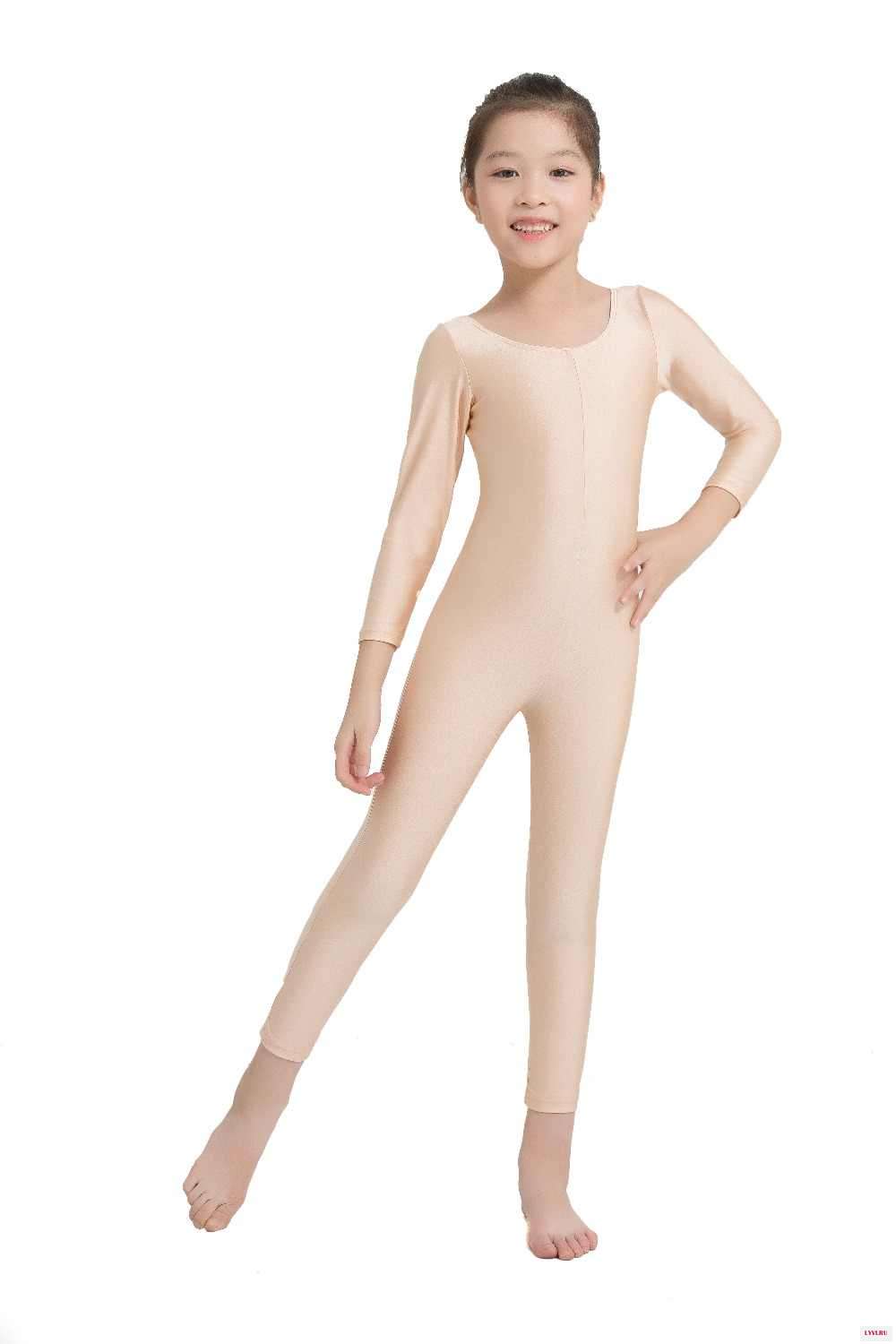Today you won’t surprise anyone with synthetic fabrics. They entered our lives a long time ago. What names have been invented for these materials! One of those that is on everyone's lips is spandex. It is known that this is synthetic fabric. How does she look? What does it represent? Ordinary people, far from the scientific ideas of the textile industry, usually have no answers to these questions.
Material characteristics
The invention of this fabric was very interesting. In the first half of the twentieth century, American textile workers received orders from the military: find an alternative to rubber. After a series of experiments, spandex was developed. The material turned out to be not only elastic, but also durable and comfortable. Therefore, from the mid-50s of the last century, clothes began to be made from it both for the army and for everyday needs.

Description of appearance
Natural fabric color – white. But in stores it is found not only in this form.Spandex is dyed in a variety of colors: from bright and acidic to pastel, muted.
This material is different softness, smoothness. It can be transparent or translucent, shiny or matte. It is almost impossible to find pure spandex in a store. Without the addition of other components (which will be discussed later), it resembles rubber.
Fabric structure
The material is based on polyurethane (it can be up to 85%) and various polymer compounds: nylon, acetate and others. When producing spandex, the raw materials are processed using chemicals. As a result of these actions, elastic polyurethane threads are obtained. They are added to knitwear, wool or cotton and many other fabrics.
Important! Even in small quantities, spandex can improve the performance of any material (2% is enough to see a huge difference). The majority of polymer fiber is found in wetsuits (up to 30% of the total fabric composition).
Properties of spandex
This material is an indispensable assistant in creating many things. It has very useful properties:
- Elasticity. The material stretches very well.
- Ease. It's not heavy at all. Therefore, it is often used in sewing sportswear.
- Wear resistance. With proper care, the item will last for many years.
- Capable of bright coloring. Clothes made from spandex are most often colorful and rich.
- Strength. This fabric is almost impossible to tear, even if you really want to. It will stretch, but will remain intact.
- Smoothness. The material is pleasant to the touch, the body feels comfortable in such clothes.

A little about manufacturing technology
Today, spandex is produced all over the world. Initially (in the 1940s) it was made from petroleum, acids, alcohol.Some water and air were also added.
Nowadays, it is obtained by melting the same initial components. The resulting mass is passed through thin holes. In this way the fibers are formed.
Important! Already at the production stage it is taken into account what the material will be used for. So, if the fabric must be rigid, then the fibers are made with corners. When soft, lightweight shock-absorbing material is required, they will be hollow, with smooth transitions.
Does spandex stretch or not?
As noted above, the material can elongate to incredible sizes. It is capable of stretching the fabric it contains, sometimes 2-3 times. In its pure form, spandex can increase in size by 7-8 times. In this case, there is a two-dimensional canvas (it stretches in length and width) and four-dimensional (elastic in all directions).

Advantages and disadvantages
Any material has both advantages and disadvantages. So, among the advantages of spandex the following can be noted:
- It doesn't wrinkle at all. In addition, even with strong pressure on the fabric, creases do not remain on it.
- It is soft and light. In addition, a product made of fabric with a high content of spandex in its composition (for example, a sports uniform) is compact when folded; it can be folded as desired without fear that the material will be deformed.
- Spandex is moisture-resistant, so it is mainly used for the production of swimsuits.
- It washes off easily. In general, this material poorly absorbs not only water, but also any dirt.. Even if the stain is old and has been absorbed into the fabric, it is easy to remove.
- Spandex dries quickly.
Despite these advantages, this fabric has significant disadvantages. However, they are not a reason to refuse it - they must be taken into account. So, among the main ones we can note:
- It's impossible to stay warm in spandex clothes. Therefore, it is used in small quantities for sewing demi-season and winter clothes;
- the possibility of allergic reactions in people prone to them. The permissible content of polyurethane fibers in fabric is no more than 5%;
- intolerance to high temperatures. Ironing (although spandex does not need it) and washing in hot water (more than 40 degrees) is contraindicated for products made from this fabric;
- sewing difficulties. The fabric stretches, and therefore problems may arise when working with it;
- color fading. The product should not be dried where it is exposed to direct sunlight. Also, spandex swimwear will last no more than 2 seasons if you sunbathe in it often.
Reference. The industry does not stand still, and today scientists have managed to improve the composition of such synthetics. Now in stores you can find products that do not fade in the sun. However, their price is high.
Spandex or elastane - which is better?
This is a question many of us ask. But there’s no point in guessing which fabric to choose. These names mean identical polyurethane fibers. The difference in names is only geographical. The word "spandex" is common in Canada and the United States, and "elastane" is common in Europe.

What materials is it added to?
Many fabrics become more practical by adding elastic polyurethane threads to them:
- For example, cotton. This natural material in its pure form shrinks and wrinkles greatly. In general, it is inconvenient for sewing clothes. Everything changes if you add a small amount of elastane to it. A cotton product not only becomes more practical. Its wear resistance also increases.
- The same can be said about material such as linen.This is a natural fabric in which the skin breathes. But a product made from it may lose its shape after just a few washes. Adding spandex solves this problem.
- If you dilute viscose with polymer fibers, this fabric will become more durable.
- Diving is an interesting material that is used for sewing stage and circus costumes and sportswear. Thanks to spandex, which is easily dyed and is part of this fabric, products turn out bright.
- An interesting combination with viscose and cotton. This fabric is called micro-oil. It is soft, pleasant to the touch and doesn't wrinkle at all.
When studying the labels of wool products, you can find information about polyester (another name for spandex) in the composition. The more it is, the more durable and pleasant to the body the thing will be.. In turn, the predominance of wool indicates that the product really warms, but can be rough (we all know that unpleasant feeling when a sweater “pricks”).

What are they sewing from this fabric?
Spandex is an excellent material that is used in many areas:
- during production furniture. The upholstery is durable, stain-resistant, and lasts a long time;
- familiar to all of us costumes Spiderman, Spiderman - leggings, popular in the 90s of the last century - are sewn from spandex;
- it is indispensable in the production of medical and workers gloves
- when sewing professional forms it is added in large quantities to the cuffs. Thanks to this, they stretch well and do not wear out, and the protective elements do not fall off.
Spandex clothing
It is popular when sewing things that fit tightly to the body. Among the main ones:
- clothing for bathing and swimming;
- sports tight-fitting suits that are used for running, skiing, gymnastics;
- skinny jeans and trousers;
- stockings, tights, socks;
- underwear, including shapewear;
- stretch dresses, T-shirts.

How to care for spandex?
Despite its high wear resistance, this is a material that must be carefully cared for.
Before ironing or washing a product containing synthetics, it is recommended to carefully study the label. As a rule, basic care information can be found there.
If this is not possible, experts advise adhering to the general rules:
- Products are best washed manually at a temperature no higher than 30-40 degrees. Sometimes it happens that this is not possible, and you have to use a machine. Then it is recommended to choose a delicate mode, spin at minimum speed (or better without it at all).
- Do not bleach spandex products using products containing chlorine.. The stains will go away, but along with them the color will be lost and the item will become unusable. The safest bleach in this case is citric acid. But its use also requires caution: in small quantities, strictly on the stain, and then hand wash.
- You cannot dry such clothes on a hot radiator, over a stove, or next to a heater.. The fabric may become permanently deformed.
- Material active absorbs any odors. This should be taken into account before hanging the product to dry, for example in the kitchen.
- If you want to iron a thing, you need to do it as carefully as possible. The temperature of the soleplate of the iron should not exceed 150 degrees. A soft, non-colored cotton cloth should be used.
Spandex is a universal and irreplaceable material. It really makes our life more convenient. It is not at all difficult to feel all its advantages and not notice the disadvantages: it is enough to properly care for the product in which it is included.


 0
0





